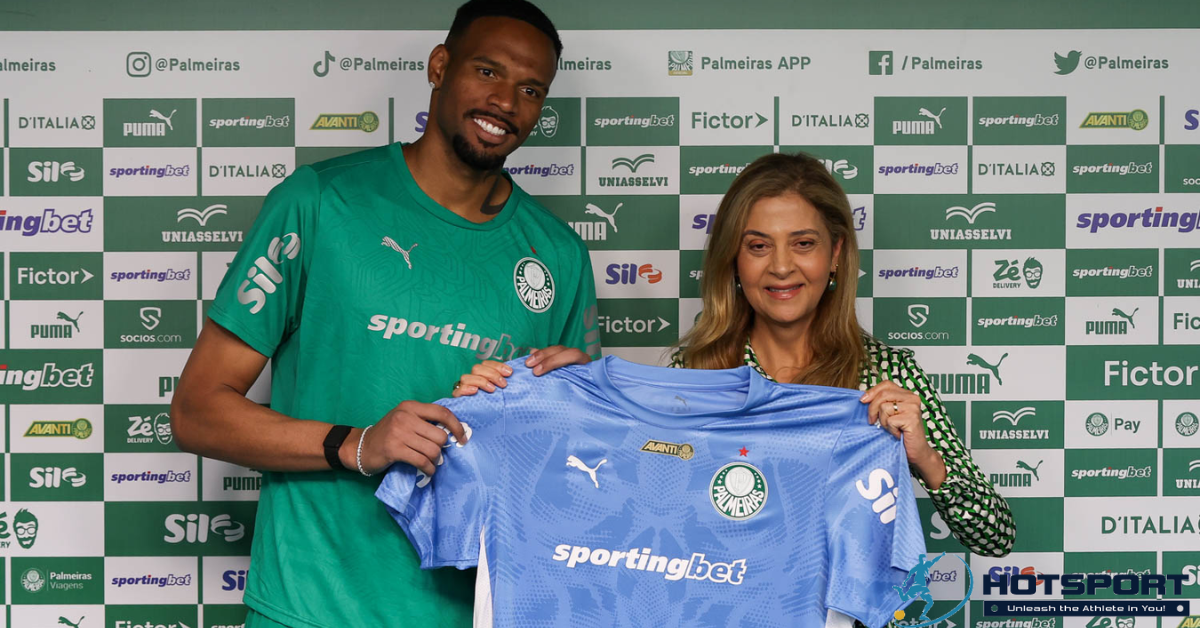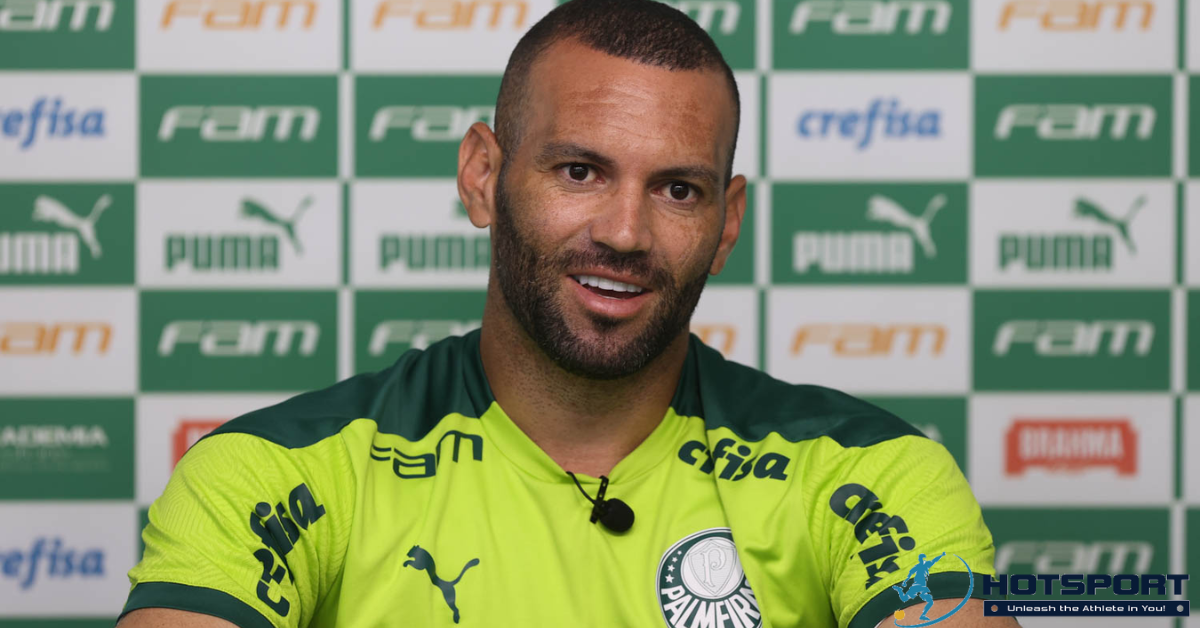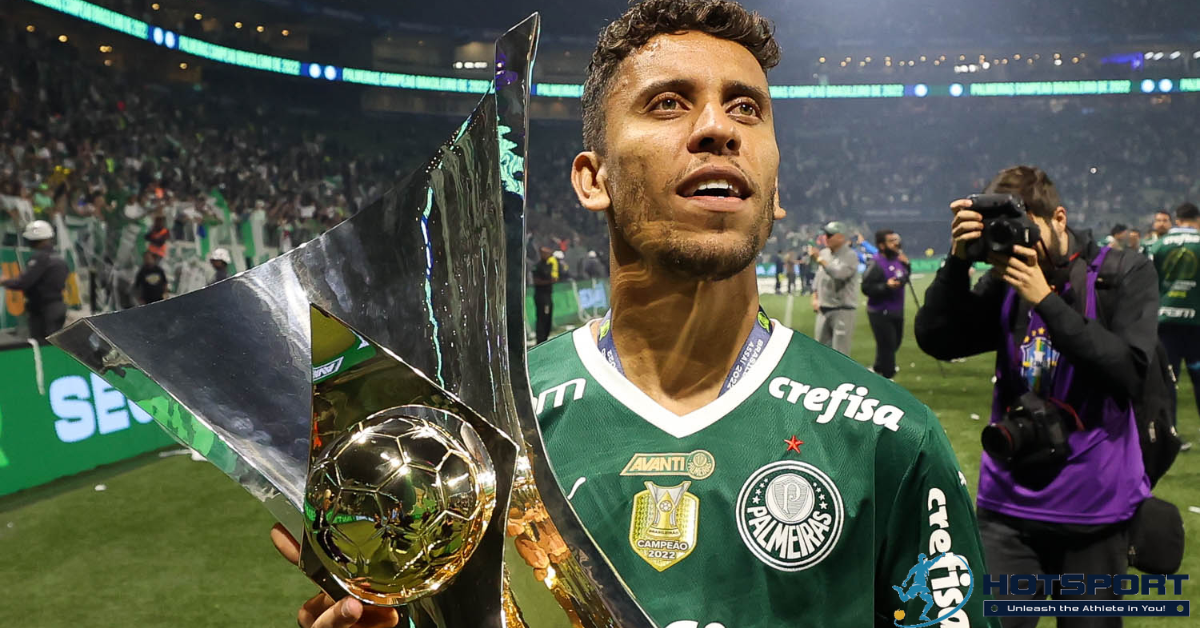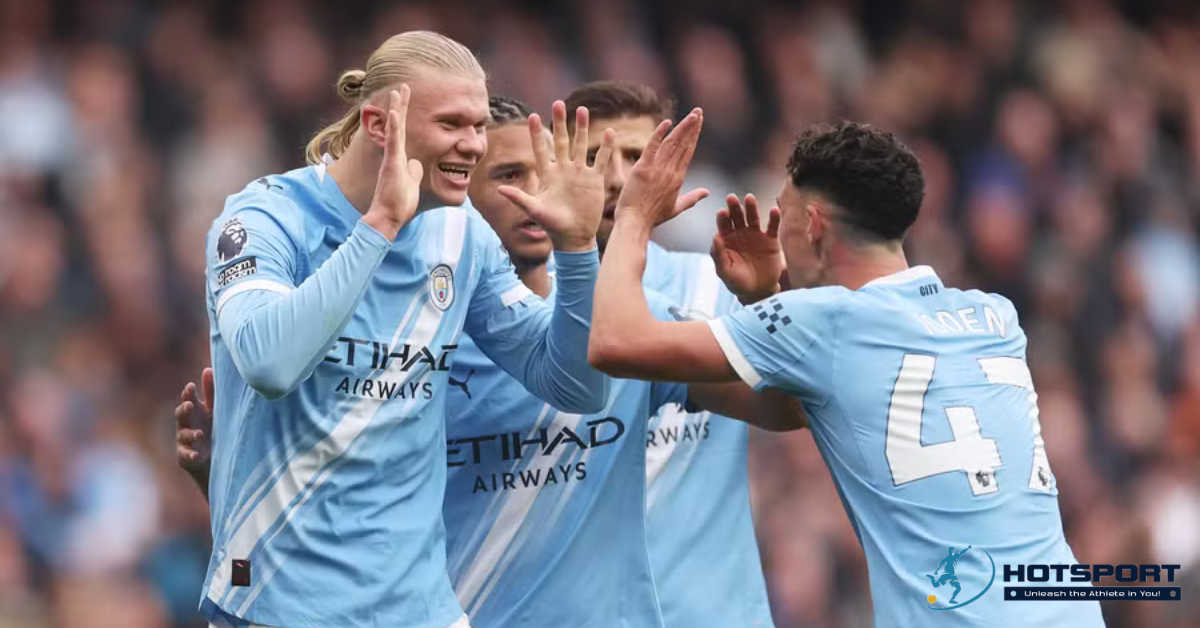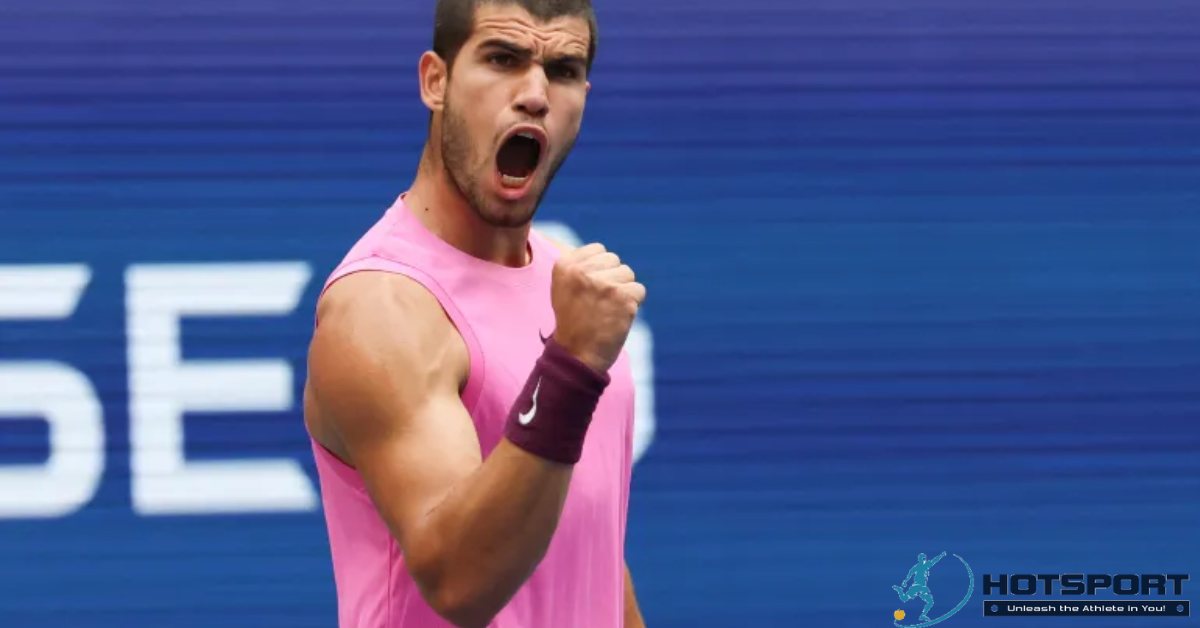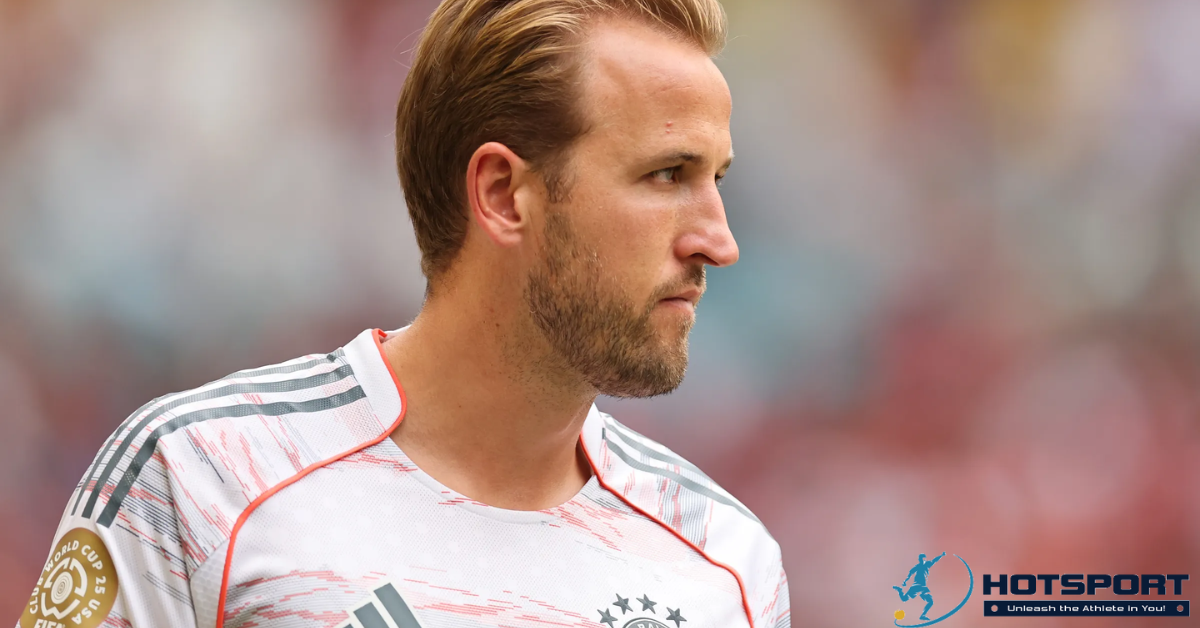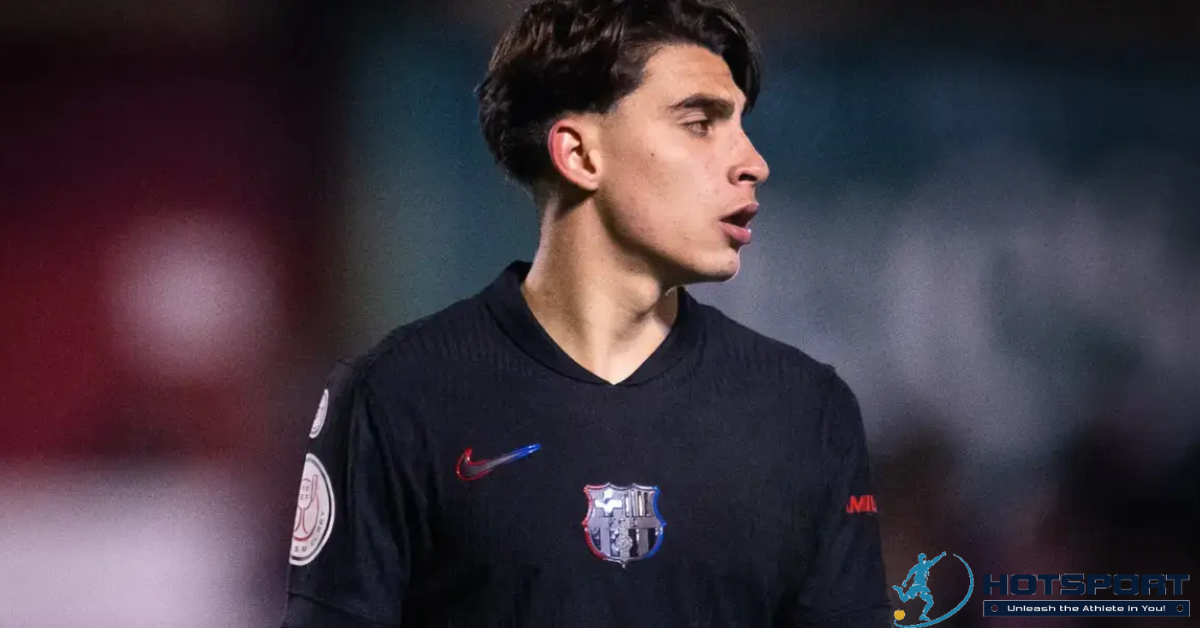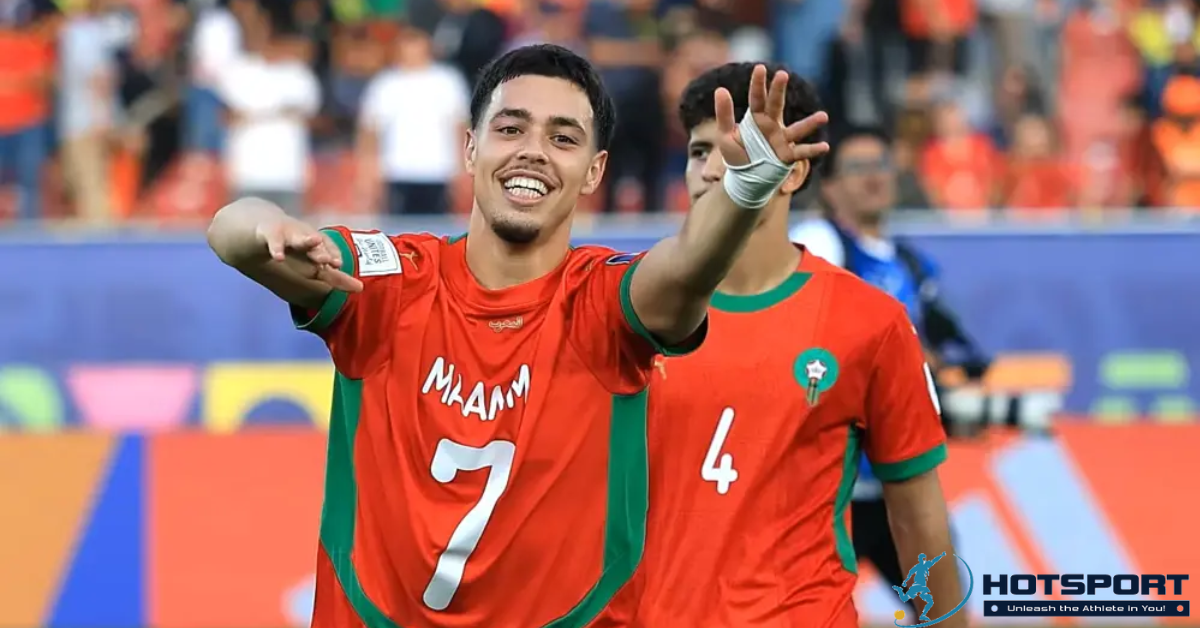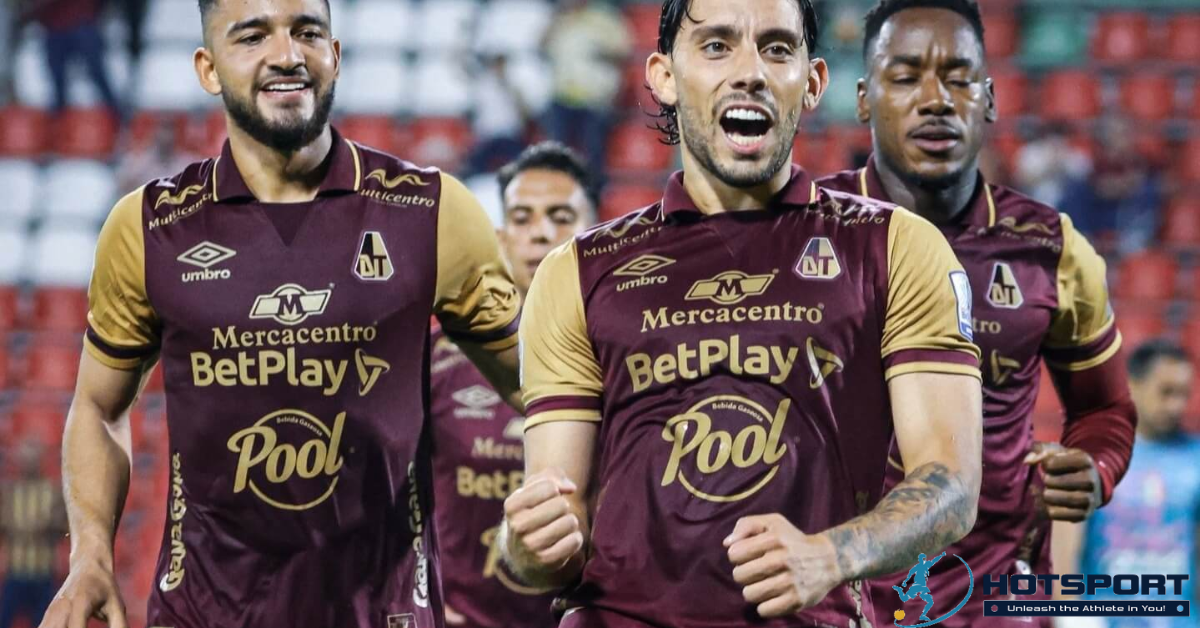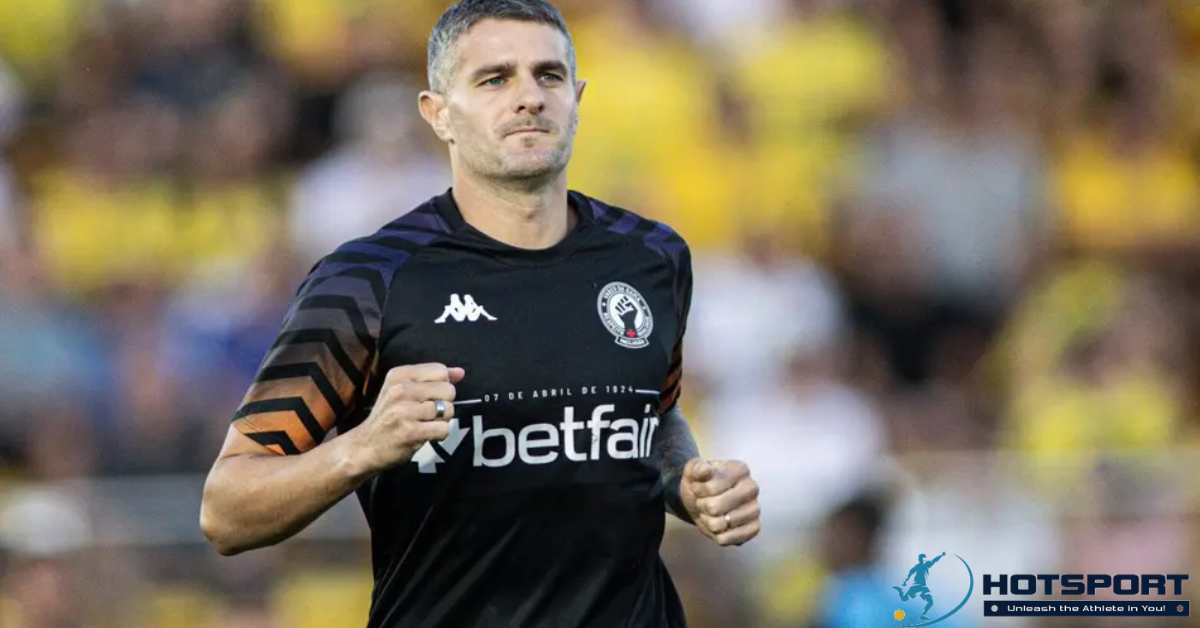Introduction
Carlos Miguel dos Santos Pereira is a Brazilian goalkeeper who has captured attention in the football world due to his remarkable height and a career marked by personal and professional resilience. Born on October 9, 1998, in Rio das Ostras, Rio de Janeiro, he stands at an imposing 2.04 meters, making him one of the tallest active players in the sport. His journey began in the youth academies of traditional Brazilian clubs and led to international experiences, including a brief stint in the English Premier League. Now, at 27, he defends the colors of Palmeiras, one of Brazil’s biggest clubs, and continues to carve out his place in the competitive landscape.
Carlos Miguel’s life has not been easy from the start. He faced personal tragedies that shaped his resilient and determined personality. On the pitch, he is known for his commanding presence in goal, quick reflexes in close-range situations, and an ability to bounce back from adversity. His career includes spells at Internacional, Corinthians, Nottingham Forest, and, most recently, Palmeiras. This article explores his life, career, and the latest updates as of October 2025, highlighting the moments that have defined this athlete.
Early Life and Childhood
Carlos Miguel was born into a humble family in Rio das Ostras, a coastal city known for its beaches and oil industry. His father, José Cláudio, was a former goalkeeper who played as a reserve for Botafogo in the 1970s before becoming an engineer at Petrobras to support the family. José Cláudio saw great potential in his youngest son and encouraged his passion for football from an early age. His mother, Elenise, was the emotional cornerstone of the household, caring for Carlos and his three older siblings.
Carlos’s childhood was marked by a devastating tragedy. When he was seven, in a fateful night in Macaé, where the family lived, intruders broke into their home during a robbery that spiraled out of control. His parents, José Cláudio and Elenise, were killed by the criminals. Carlos and his older brother, José Cláudio Júnior, then eight, hid in a back room and escaped physically unharmed, but the emotional trauma was profound. The case, investigated as a robbery-homicide, identified suspects but never led to convictions due to insufficient evidence. The local police closed the case without resolution, leaving the family without justice.
After the incident, Carlos and his brother were taken to live with their aunts, Ana Maria and Ana Cláudia, and their grandmother, Maria Aparecida, in Cardoso Moreira, over 300 kilometers away. The move was necessary to protect them from the constant fear that the killers might return. The aunts took on parental roles, setting strict rules: Carlos had to maintain good grades to train in football. They honored their late brother’s wish to see their nephew become a professional goalkeeper. The family, devout Roman Catholics, found solace in faith. Carlos and his brother served as altar boys in the local church, which helped structure their lives.
This experience forged a strong personality in Carlos. Close friends, like Wesley Paim, describe him as mature beyond his years, capable of handling pressures that would overwhelm others. He learned to view setbacks in football, such as conceding goals, as insignificant compared to the real losses in life. His childhood was a blend of pain and determination, with football serving as both a refuge and a driving force to overcome obstacles.
Youth Career
Carlos Miguel began playing organized football as a child, inspired by his father. He joined Flamengo’s youth academy in 2015, at age 17, where he trained alongside talents like Vinícius Júnior. His height was already a standout feature, helping him dominate the penalty area and make impressive saves. However, the competition was fierce, prompting him to seek new opportunities.
In 2016, he moved to Internacional in Porto Alegre. There, he shone in the Copa São Paulo de Futebol Júnior, known as Copinha, one of Brazil’s most prestigious youth tournaments. His performances stood out for his agility despite his size, and he quickly became a prospect in the under-20 ranks. During this period, Carlos faced challenges like floods in Porto Alegre, where he helped friends and teammates, showcasing his supportive character. He kept an open house for training and leisure, with ping-pong tables and barbecues, strengthening bonds with peers.
His transition to professional football was gradual. At Internacional, he trained with the senior team but did not debut, leading him to seek loans for experience.
Professional Career
Internacional and Early Loans
Carlos Miguel signed his first professional contract with Internacional in 2018 but remained a reserve without senior appearances. In 2020, he was loaned to Santa Cruz but did not play any official matches. The COVID-19 pandemic complicated matters, limiting opportunities.
In 2021, he went on loan to Boa Esporte in the Campeonato Mineiro. There, he made his professional debut on March 12, 2021, in a 2-1 victory over Coimbra. He played eight matches that season, showing solidity and gaining confidence. Upon returning to Internacional in April, he terminated his contract in August to pursue new horizons.
Corinthians: Establishing Himself in Brazil
In August 2021, Carlos Miguel signed with Corinthians until December 2023, initially as a backup to club legend Cássio. Starting as the fifth-choice goalkeeper, he worked diligently in training. His Série A debut came on July 24, 2022, in a 2-1 away win against Atlético Mineiro, where he played the full 90 minutes and impressed with confident saves.
Over time, he gained more opportunities, especially after Cássio’s departure. He made 25 appearances for Corinthians across competitions like Série A, Copa do Brasil, Copa Libertadores, and Copa Sudamericana. He stood out with close-range saves and penalty stops, including a crucial one in a match. His height intimidated attackers, making him a reliable option. However, a low release clause allowed him to leave in 2024.
Nottingham Forest: European Adventure
In July 2024, Carlos Miguel transferred to Nottingham Forest in the English Premier League for approximately £3.4 million. The move came through connections with compatriots like Danilo and Murillo. At 2.04m, he became the tallest player in the league. His debut was in the EFL Cup against Newcastle United, where he conceded early but saved a penalty, showing resilience.
In the 2024-25 season, he made three appearances, including in the Premier League and cup competitions. Adapting to English football was challenging due to the faster pace and colder climate compared to Brazil. Described as initially shy but cheerful and motivating in the dressing room, he won over teammates by singing during a team initiation. However, competition for a starting spot limited his minutes, and in August 2025, he returned to Brazil.
Palmeiras: A New Chapter
On August 19, 2025, Carlos Miguel signed with Palmeiras for €5.5 million, with a contract until 2030. The club saw him as a potential successor to Weverton, who was nearing retirement at 38. He was given the number 1 shirt but started as the third-choice goalkeeper. His first start came on October 19, 2025, against Flamengo at the Maracanã in a crucial match for the Brasileirão lead.
Playing Style
Carlos Miguel is a modern goalkeeper, comfortable playing with his feet, but his greatest asset is his physical presence. At 2.04m, he dominates crosses and high balls, intimidating opponents. His reflexes in close-range situations are remarkable, and he excels at saving long-range or placed shots. However, critics note that his reaction time on ball exits can be slow, an area for improvement.
He learned from idols like Cássio, focusing on positioning and leadership. At Palmeiras, he is expected to evolve under experienced coaches.
Personal Life
Off the pitch, Carlos Miguel is reserved. He maintains close ties with his family, especially his aunts and grandmother, who raised him. A practicing Catholic, he values solidarity, helping communities affected by disasters. His brother Júnior also played football in his youth but did not pursue a professional career.
Carlos is known for his good humor, enjoying barbecues, Brazilian music, and recreational games. In interviews, he openly discusses his family tragedy, using it as motivation to inspire others.
Recent Updates
As of October 2025, Carlos Miguel is adapting to Palmeiras. His debut against Flamengo on October 19 ended in a 3-2 loss. Flamengo’s Pedro was the standout, scoring goals that exposed vulnerabilities in Palmeiras’ defense. Carlos conceded three goals in one-on-one situations, drawing criticism from fans and comparisons to Weverton. Rival Corinthians fans mocked his performance, referencing his departure from their club.
Despite this, analysts argue his debut was a “baptism of fire” against an attacking side led by Filipe Luís. Palmeiras remained tied with Flamengo at the top of the Brasileirão after the match, but pressure on Carlos has increased. He is seen as a long-term investment with potential to become a starter. In recent interviews, he expressed frustration but optimism: “I didn’t get the chance I hoped for at Forest, but here at Palmeiras, I’ll prove my worth.”
Statistically, as of October 20, 2025, Carlos has 37 career appearances, with no goals scored. At Palmeiras, he has played one match. The club plans to use him more in Copa Libertadores and Campeonato Paulista games. His transfer sparked controversy between Flamengo and Palmeiras officials, with post-match verbal exchanges.
Carlos Miguel continues to train intensely, focusing on improving his exits and reaction time. His story of overcoming adversity inspires fans, and he aims to win titles with Palmeiras, honoring his parents’ memory.

